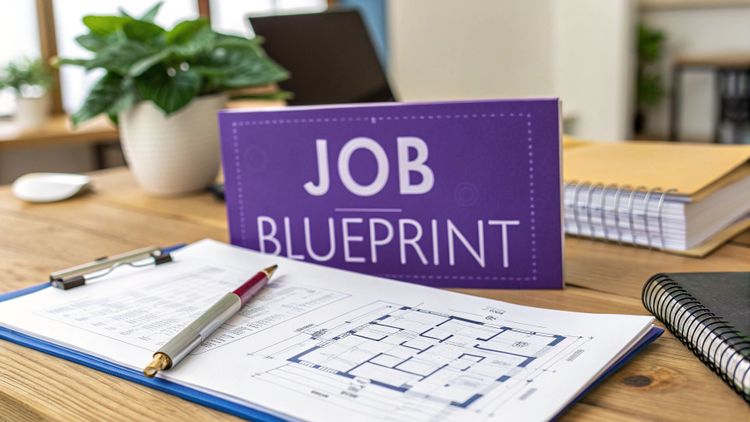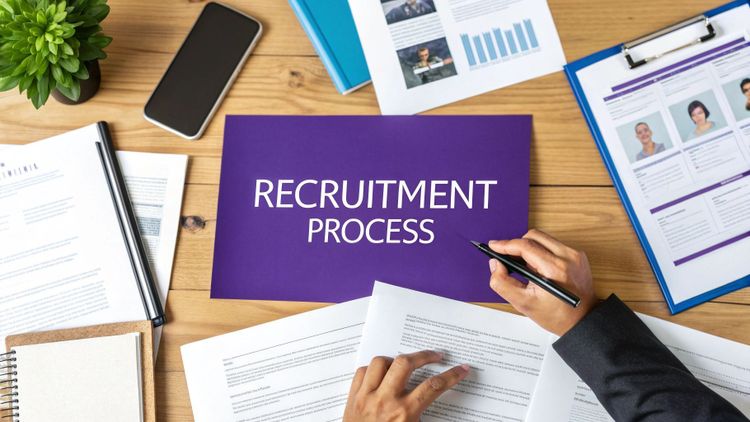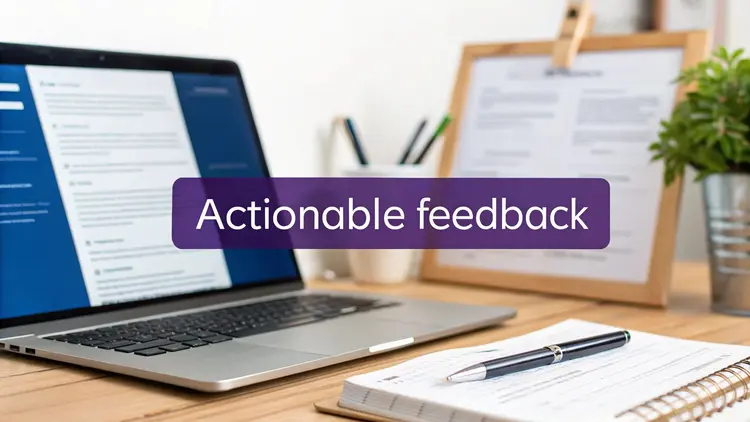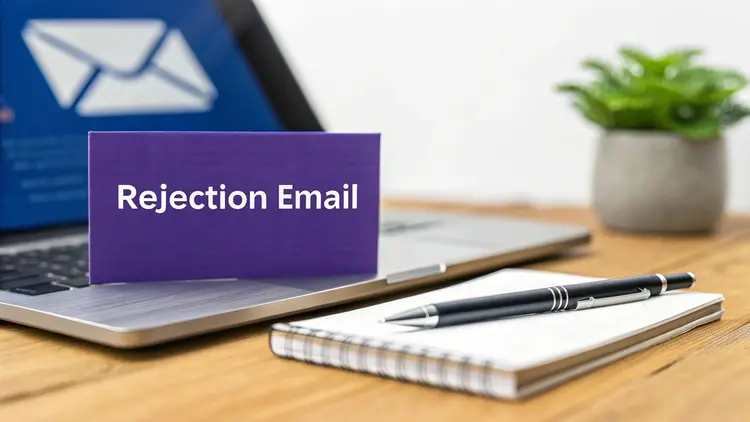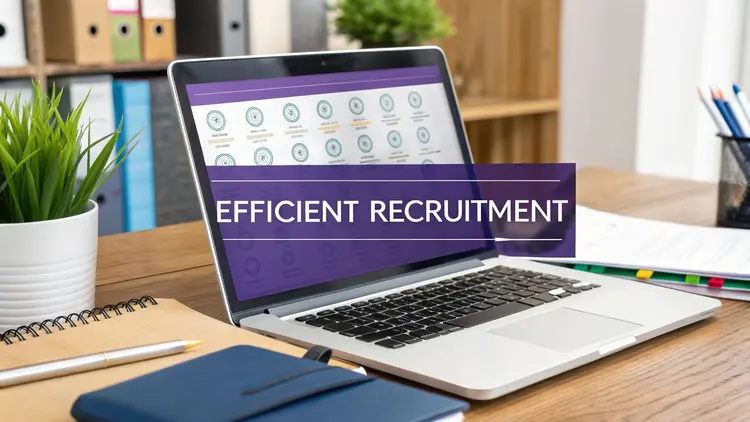HR Processes
4 Ways to Streamline Your Recruitment Process

It’s no secret that employees are the most important part of a business.
Studies show that it costs on average more than £12,000 to replace and train a new team member. Hiring the wrong person can be expensive and ultimately affect a business’s bottom line.
One of the best ways to reduce employee turnover is to hire the right people in the first place.
But it is difficult, time-consuming, and costly to find and retain qualified employees.
An effective strategy for recruitment helps businesses to find and hire the right person, cut down on employee turnover and the associated costs of new hires.
Read this article to find out 4 ways to streamline your recruitment process.

The elements of an effective recruitment process
The best candidates are highly sought after. To attract them to your business quickly and efficiently, you need to ensure you have an effective recruitment process.
Here are the key aspects of a successful recruitment process:
Delegate effectively
Every team member involved in the recruitment process needs to have clearly defined roles and responsibilities. From researching the background of a potential interviewee to conducting the interview, each team member needs to know what their role is and be provided with the tools and resources to conduct the work efficiently.
Automate, automate, automate
With HR software like SeeMeHired, you can prepare job postings using standardised templates, post to multiple job boards with one click, nurture candidates automatically through your pipelines, and send secure job offers effortlessly.
By automating these repetitive tasks, you can spend more time meeting and training your new employee and, in turn, improve your onboarding process and increase retention.
Hire based on data, not assumptions
Use a hiring platform that provides detailed data about the end-to-end recruitment process. Data points include the number of candidates, the response rates to job postings, and the route successful applicants take from application to being hired. This data allows you to make better hiring decisions in the future, decrease the cost per hire, reduce time to hire, and improve retention.
Create an employee referral program
An employee referral program is a recruitment tactic that asks existing employees to recommend or suggest potential job candidates for open positions. It’s simple, but it works.
On average, employee referral programs save businesses $3000 (approximately £2100) per new hire. But that’s not all - when a new employee is referred to you by an existing employee, rates of job offer acceptance increase and turnover decreases.
Make people want to work with you
Consider your reputation. How do your current employees view their jobs? Do they like their work, feel respected and fairly remunerated?
How about your business goals? Do you have a vision that existing and potential employees are proud of? How well have you conveyed this vision?
Nowadays, a quick Google search will show candidates your company’s social media posts, Glassdoor profile, TrustPilot reviews, and so on, so they will quickly gain an insight into your business ethos.
Don’t forget that the best talent will be getting interviews with multiple top companies. And if they impress, they’ll have multiple offers to consider.
In order to attract and retain the best, you need to ensure they want to work for your business.
Why you need to refine your recruitment process
A successful recruitment process not only takes time to implement, but also requires ongoing iteration.
While this may sound time-consuming, you will reap these benefits:
Faster and cheaper to hire
An effective recruitment process means you can find and hire the best talent quickly. You eliminate wasted time in the hiring process and reduce the costs associated with finding the right person.
In turn, by ensuring the selection is better, you increase retention and save costs in starting the process again to find another hire. Not only does this save time for the HR team, but it also allows their valuable time to be spent successfully onboarding the new employee.
Adapt to new trends and technology
While it may be tempting to create a recruitment process to set and forget, in reality this won’t be fit for purpose. Recent experience has shown us all how dramatically the HR landscape can change in a matter of months.
While remote working has been gaining popularity, COVID has seen an acceleration of home-working and the associated technology required. Your recruitment strategy needs to take into account the rapidly advancing changes in how businesses work and also be prepared to iterate.
How to streamline your recruitment process
1. Create a well-defined job post
Before you start advertising the vacancy, it’s extremely important to ensure that you are clear on the roles and responsibilities of the position. Not only should you define the skills required for the role but also take the time to consider what your business can offer in terms of training and opportunities.
First impressions count — studies show that the onboarding process can improve retention by 82%. Once you’ve defined the role, translate this into a job post that is easy to understand. Make sure that your new hire understands exactly what they are signing up for.
2. Plan the interview process
The work leading up to the interview ensures that the candidate has all the required skills and experience. However, it’s the interview that’s critical for deciding if the candidate is a good fit for your business.
Create a plan for your interviews to ensure that you get as much information as possible from the candidate. Prepare a list of questions in advance to uncover their core values and work ethic.
3. Consider a trial run
If you’ve wasted time and money with unsuccessful hires in the past, it may be time to consider incorporating a trial or assessment period into your recruitment process.
A brief trial can allow managers to get valuable insights into how the candidate works, their problem-solving skills, their communication skills, and their overall work ethic.
It’s important to note, however, that work trials need to be brief, valuable, and only offered to a carefully selected shortlist of candidates. Otherwise, you’re going to waste time and add little value.
4. Use HR recruitment tools
Use all-in-one recruitment software to keep on top of communication with candidates, make use of automated job posts, analyse the data from recruitment efforts, and more.
Tools like SeeMeHired, enable recruiters to automate emails, alert candidates of new jobs, and design a seamless recruitment process.
Using the right tool is a critical part of a successful recruitment strategy and ensuring the right people are hired and retained.
Get ready to streamline your recruitment process
A clear HR recruitment strategy is critical in the hiring process. It helps you attract the best talent, makes hiring easier and faster, and subsequently increases new hire retention.
This guide highlights what can be done to streamline the recruitment process. Implement our 4 tips to reduce the cost and time associated with hiring and meet the evolving requirements of the modern job market.









